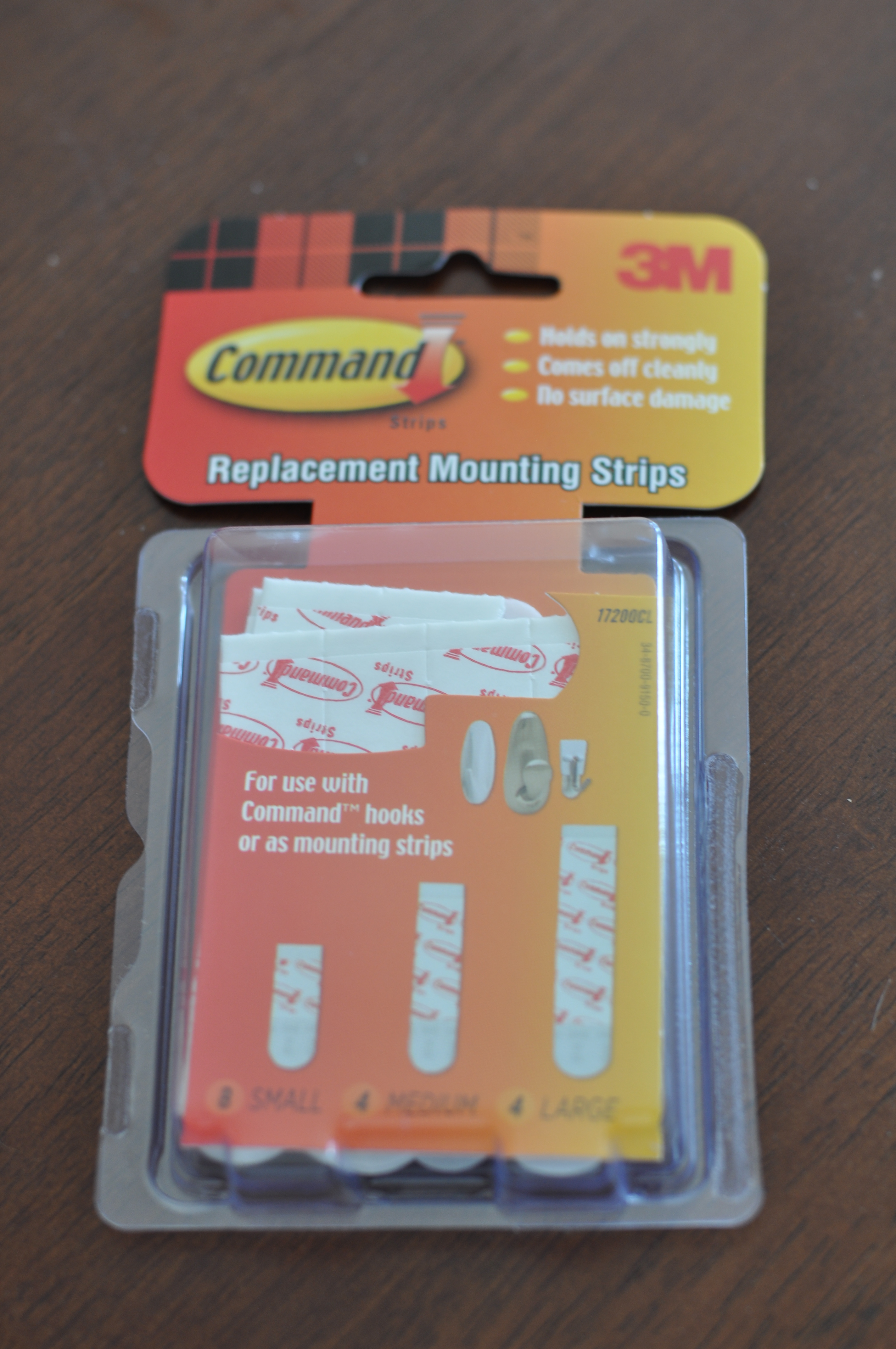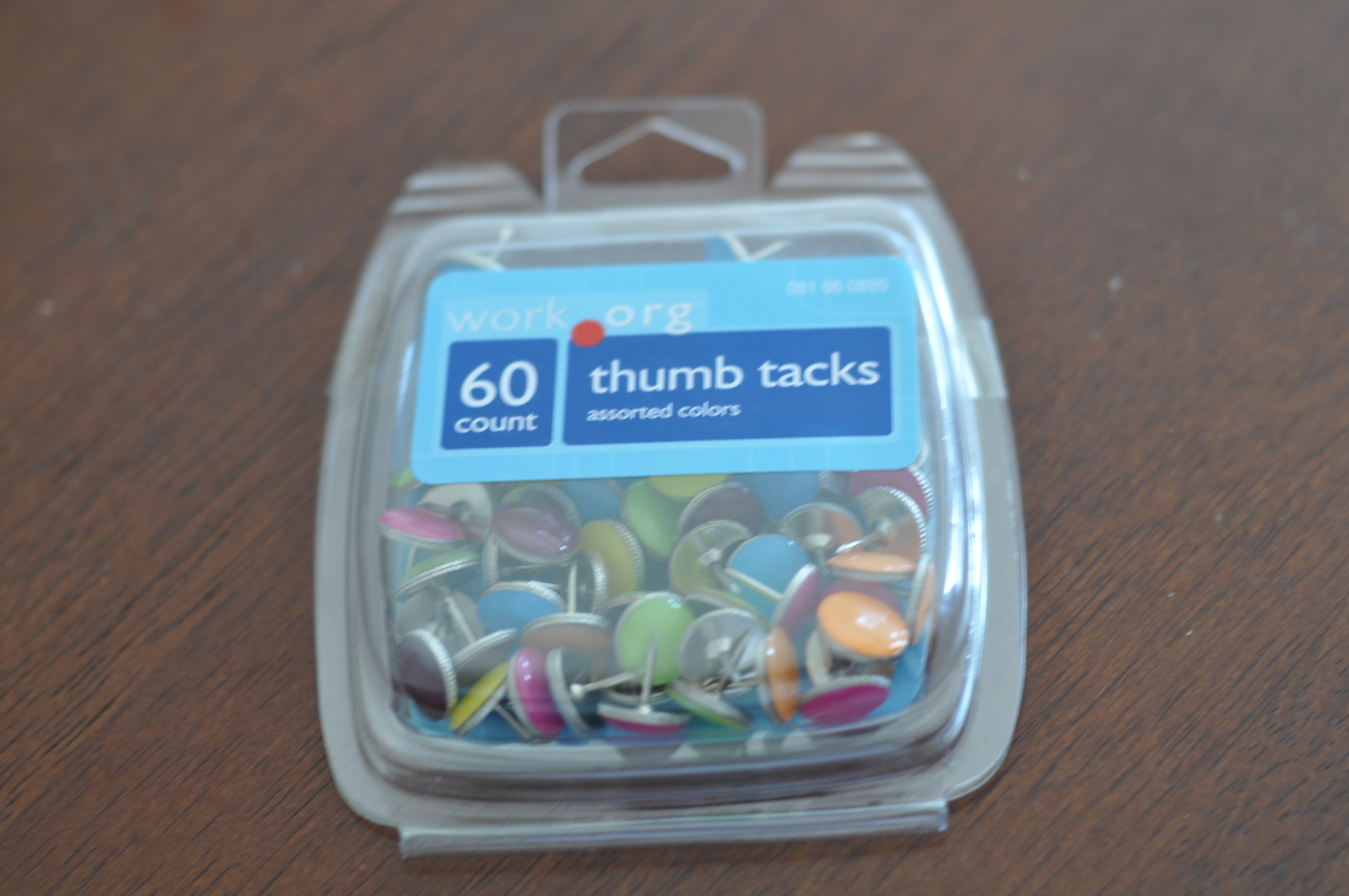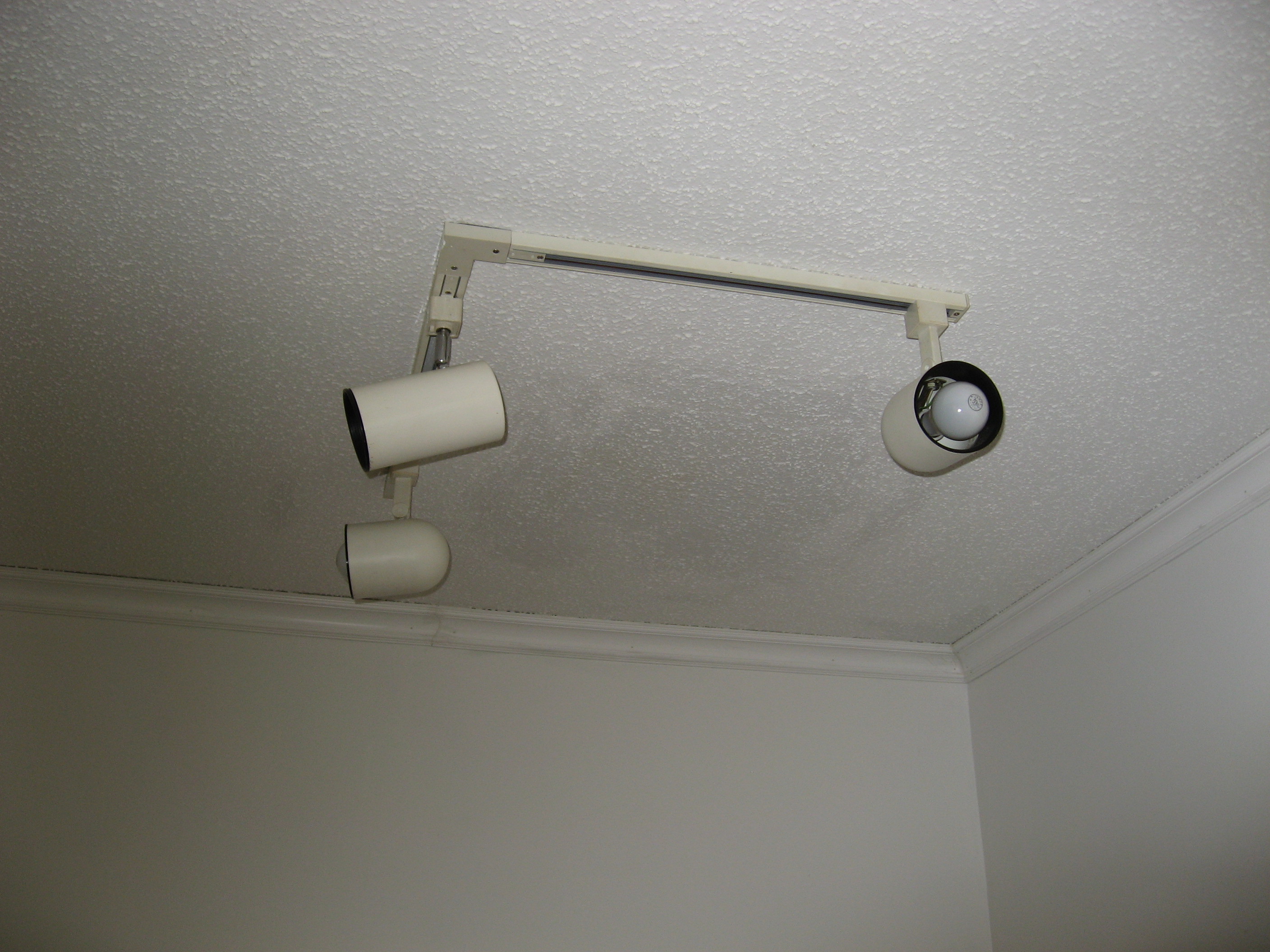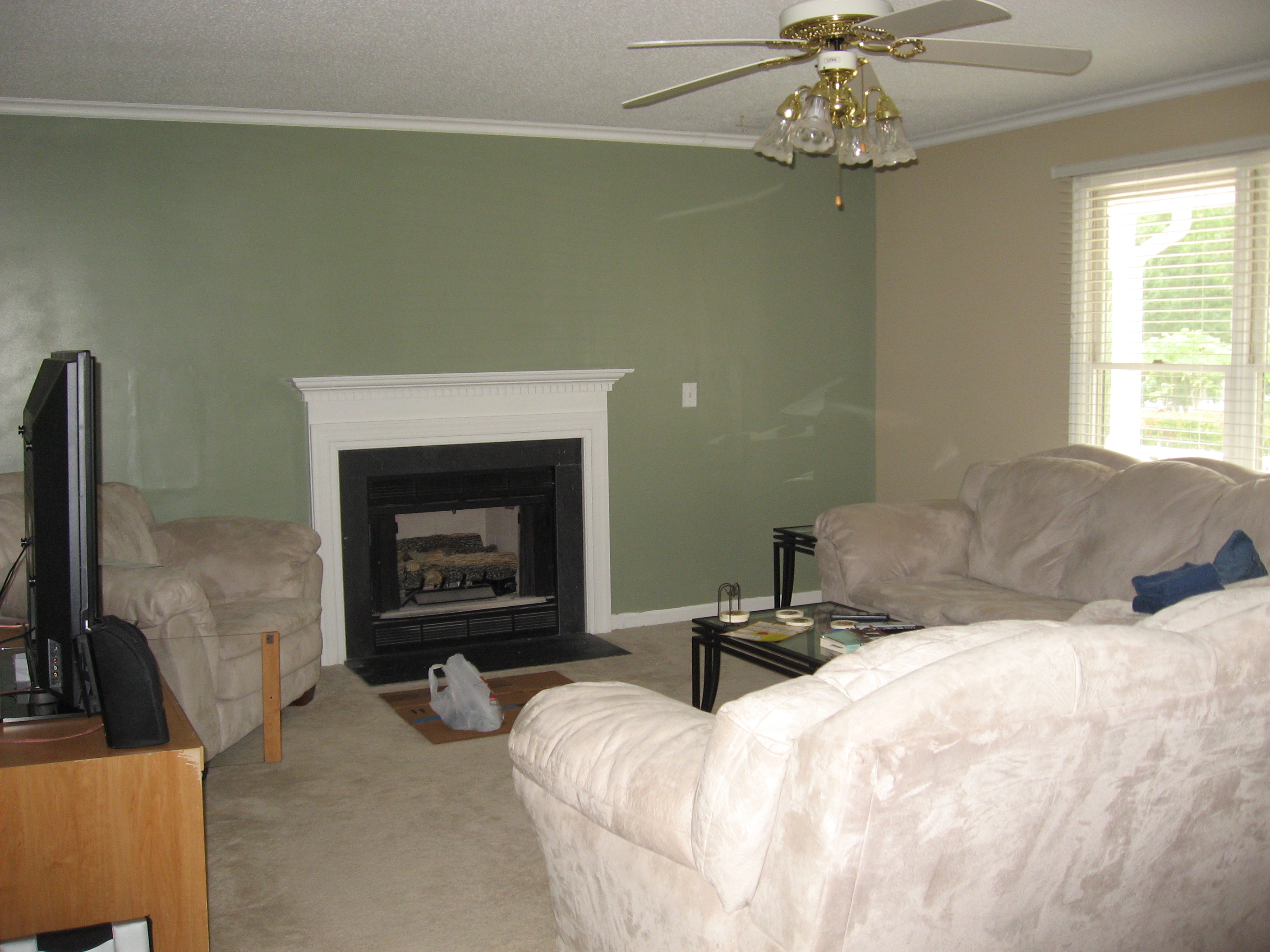The Biggest Rock I Ever Bought
How to Work with a Granite Fabricator

How to Work with a Granite Fabricator
How to Save Money when Dealing with Contractors
Who knew?
Okay, well I guess I already knew that since doing the floor research for our kitchen (did you know they make cork flooring?)… and I suppose I’ve owned a bulletin board or two in my life. But really, up until recently, my favorite cork only came in a bottle.
A few weekends ago, however, I tried a fantastic DIY project I found over on YHL. That couple is so inspiring!
See, I’ve never been great at organization. Back in third grade, my teacher had to call my mom because I never brought in any homework and my parents never responded to any notes that went home. So my mother came into school with me one day to check my locker, and lo’ and behold! There, crammed into every nook and cranny of that small, metal space, was at least 7 months worth of homework, notifications, and permission slips.
It was my filing system – my filing system from whence nothing ever returned. I still utilize it today in some spaces.
But I digress. Like I was saying, my kitchen was completely eschew with sticky notes strewn with phone numbers, favorite recipes stuffed in junk drawers, and shopping lists scattered about like so many dust bunnies.
Case-in-point (don’t worry, I’ll spare you the photo of my junk drawer):

Say “hi” to the cookbooks I never use!
Little did I know with this sticky-note-in-the-cabinet-door situation, I was very close to discovering the solution (if only I had been born a wee bit craftier).
Then YHL came into my life with their cabinet cork board.
This is so easy, my friends! I could still make it happen after 2 glasses of wine.
You will need:
12″ x 12″ Cork Tiles (I found mine at Target in the bulletin board aisle).

They come with the mounting tape, but I opted to use 3M Command Mounting Strips because, having used it before, I was positive I’d be able to remove the tiles if the mood struck without causing harm to my gorgeous alder cabinet babies.

And, if you’re feeling extra frisky, go ahead and get yourself some colorful push pins. Sure, any plain-old tacks will do, but the colorful ones make me happy.

That’s it! That’s all you need to complete this incredibly inexpensive project.
Next, because I have a small indent inside my cabinet doors, I had to cut the tiles to fit inside. Simply measure the space in your doors, and then transfer that to the tiles. I had 8 1/4″ to work with, so I measured that distance across the top and bottom of one of my tiles and put a dot at each point.


Then I drew a line connecting the two dots.

Just cut along the line… and viola!

I put a piece of the command tape in each corner.
Testing it out…

I was originally going to fill the inside of the door in its entirety, but I ended up waiting to see if I could find something magnetic on which to stick my magnetic grocery list (see the side of the fridge in the first picture). Unfortunately, after no such luck, I had to improvise.
*Note: I’m sure I could’ve found some type of sheet metal, but I didn’t care to work with the sharp edges (let’s face it – I’m lucky the hubs trusts me with the scissors). They also sell magnetic strips at various places, but my objective was CHEAP, so those were a no-go. I did actually find these really cool magnetic pin board tile thingies at Target in the same section as the cork tiles, but they were significantly more expensive (and not as easy to hang without causing damage).
SO, I ended up with this:

I’m not sure I’m crazy about the whole shopping list-clipped-to-the-chip-clip-hanging-from-the-3m-command-hook look. It’s just not as neat and tidy as the one over on YHL. Maybe I’ll turn the whole thing into a cork board, if I ever get back around to it. The great thing is that for around $5, I was able to get 5 cork tiles!
Anyone know what I should do with the rest?
How to Choose Kitchen Appliances
How to Plan a Functional Kitchen Layout
How it Looked on Moving Day (Part 2)
(WARNING: The sheer cutsey-ness of this project might make you gag.)

It floors me when I realize how many people are afraid to try a simple DIY project involving paper, some ribbon, a blank CD, and a little imagination.
I have always considered myself one of those un-crafty people who couldn’t even sew a button to save my life, but this? This is do-able.

I decided to combine my programs and favors into one, cute little CD pouch/book thingie. The program contained all of the pertinent wedding information (key players, timeline, thank-you note, etc.), but the neat little surprise in the back was the personalized CD with meaningful and fun songs for people to listen to on their trips back home.

When I came to terms with the fact that we weren’t having the simple destination wedding about which I’d always dreamed, I took it upon myself to make things as difficult as possible by making many of the wedding-type projects myself. And the programs (and favors) were no exception.
Truthfully though, I wouldn’t have done it any other way. Why pay someone a small fortune, when I can create my own and have complete control over the turnout? I won’t lie, though – this does take some time.
Here’s what you need:
I’m providing my template in the sidebar on the right of this page. It should be downloadable – hopefully it works! You can get a couple of my fonts on this page.
1) Download the songs you want (try to make them meaningful to you in some way – we used songs that were played during our ceremony and reception and songs that we’ve enjoyed together).
2) Start burning! This will take awhile, depending on how many you need.
3) Use the template to fill in your own information– wedding participants, songs, ceremony order, special ceremonies/readings, pictures, remembrance page, and a kick-ass thank-you!
4) Print– make sure you print page 2 on the back of page 1, etc. because otherwise the margins will not line up correctly. When you’re ready to print, always print a complete test program and put it together so that you know everything worked as it should.
5) Design your inside and outside covers to be printed on the full-sheet label paper. I was able to print 4 covers (2 front and 2 back) on each sheet of label paper. Cut them out and apply them directly to the CD case.
6) Cut the excess paper off your main program pages. Once the pages are all cut (this can take a loooong time), stack the pages for one program together in order (excluding the separate insert with the song list) and hold them inside the CD case. Punch 2 holes in the spine and all the way through the pages to make sure everything lines up. Tie the ribbon through the holes, and you’re done! Lots of work, but well worth it. Stick the extra insert in the pocket on the inside back over of the case.








And there you have it. You can download the templates on the right side of the screen, but take note: some fonts I used are copyrighted– that means I cannot share them on here. The templates will also look strange because you most likely don’t have the same fonts I used. If you still want to know what they are, I used Bickham Script Fancy, Afternoon Delight, Beautiful ES, and Centabel Book. (Again, this page has a couple of fonts. Also check out DaFont.com for hundreds of FREE downloadable fonts!)
There are lots of beautiful and fun fonts out there, so create your own look and have fun!
How to Store all those Knives
Raise your hand if you have that popcorn-looking stuff on your ceiling.
Anyone?
Raise your hand if you hate it as much as me.

When we first moved into our house, one of the first big projects we tackled was removing the popcorn from the living room ceiling. There were some fugly track lights in the corner, and when we took them down, they left behind a yellow mark. Rather than try to paint over the popcorn (which could have been disastrous), we decided it all had to come down.

This was actually one of the easiest – and messiest – high-impact projects we’ve done!
If you decide to tackle this in your own home, just make sure your ceiling has not been painted. I read that it can be extremely difficult to remove if it’s been painted. Try to take some down in an unnoticeable corner. If it is at all difficult to remove, you might want to consider another project.

Just wet down the ceiling, bit-by-bit, and then scrape off the popcorn with a large putty knife. We used a previously-unused insect repellent pump sprayer, which worked pretty well. Not only does wetting the popcorn make it slide off like buttah, but it drastically cuts down on the dust.

***IMPORTANT NOTE*** If you live in an older home, you will want to have your ceiling tested for asbestos before you try this.
We lined our walls in plastic because we foolishly painted them before the popcorn removal adventure. The walls are optional, but covering your floors with heavy-duty plastic or fabric drop cloths is highly recommended (for obvious reasons).

The device the hubs is using is his very own, jerry-rigged popcorn-sucking tool. Basically it was a shop vac with a putty knife duct-taped to the hose. Again, this is optional – I preferred to let it plop all over the floor around me. There was something immensely satisfying about the mess this created.
Until I accidentally stepped in it and dragged it across the kitchen floor.
C’est la vie.
After the popcorn removal came the real work. We were lucky because the drywall on our ceilings had already been taped, puttied, and sanded fairly smooth. Often builders will neglect to do this and use the popcorn as a cover-up for unfinished work. Even so, the hubs we still had a lot of sanding and painting. The sanding created a LOT of dust, so you will want to wear a mask if you try this yourself.

Unpainted drywall sucks up paint like crazy. We ended up with one coat of primer and two coats of paint.
Once we had a nice, smooth ceiling painted a slightly lighter shade than the walls, our 8′ ceilings looked substantially better.
Before (with the old, crusty popcorn):

After (with the smooth, creamy ceiling):

Has anyone else taken on a project like this? We thought it was worth the work.
Material Girl
How to Decorate a Toilet